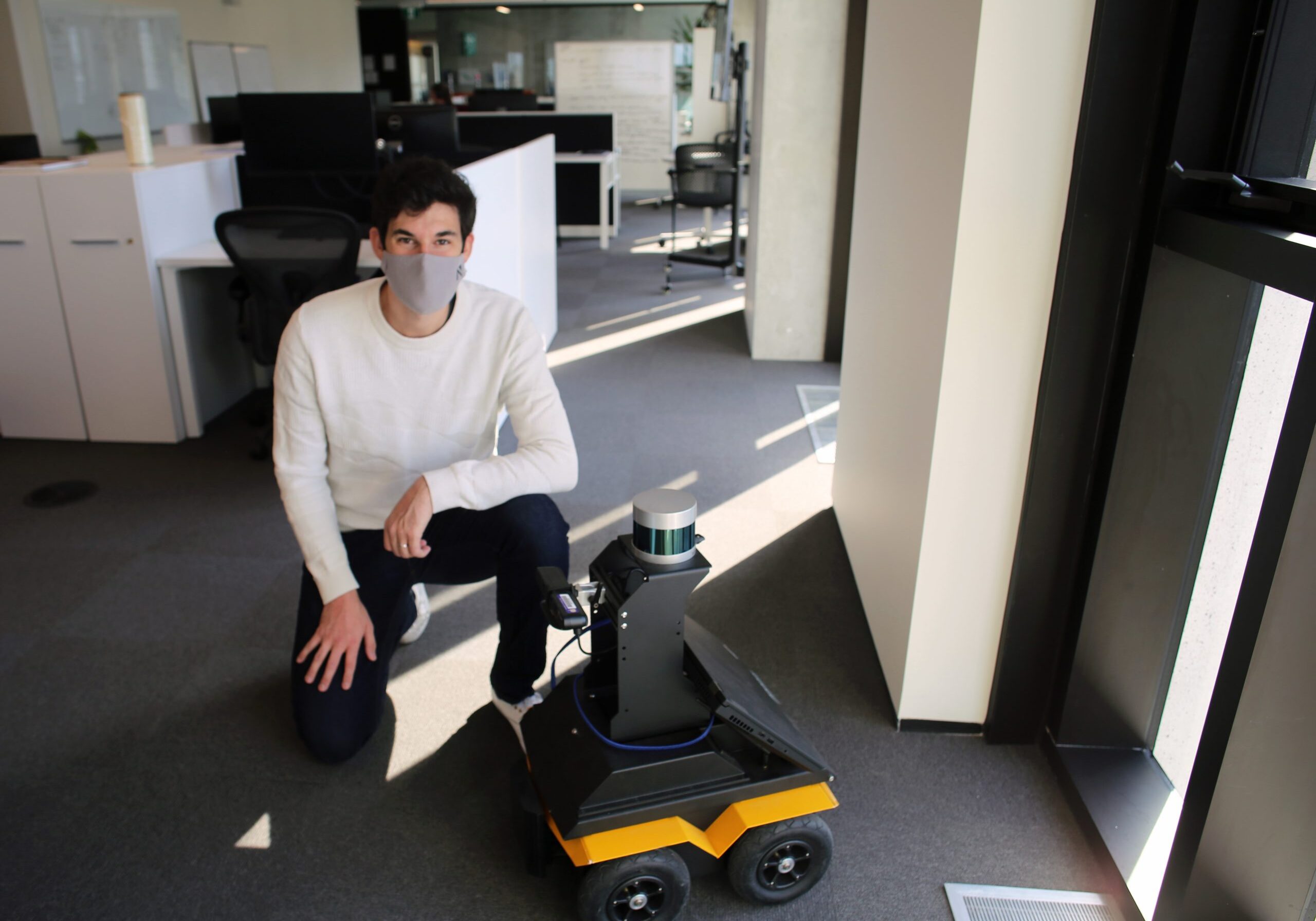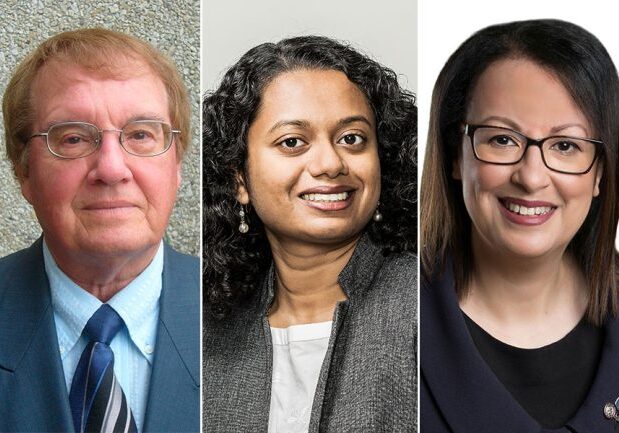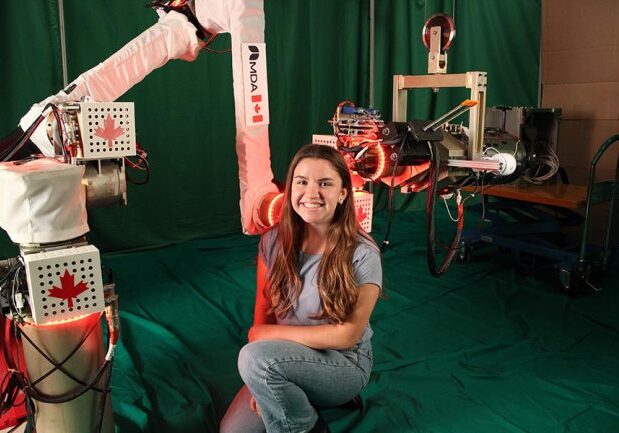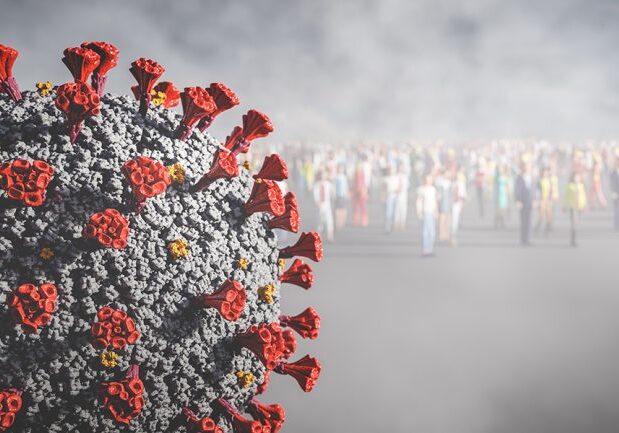
Five startups to watch from U of T Engineering’s virtual Hatchery Demo Day 2021
Companies aim to bring technological improvements to urban planning, physiotherapy and many other fields
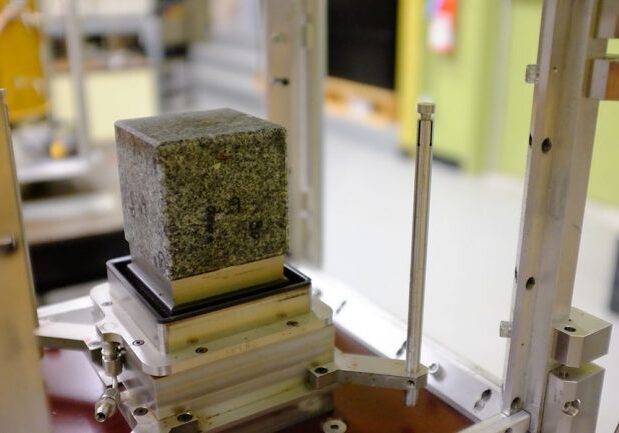
Rock music: Listening for induced earthquakes among nine U of T Engineering projects funded through CFI
CFI’s John R. Evans Leaders Fund will support research into seismicity, water treatment, bioengineering and more

Five U of T Engineering faculty receive Ontario Research Funding to advance transformative research
Projects include reducing aircraft noise emissions, developing all-weather autonomous vehicles
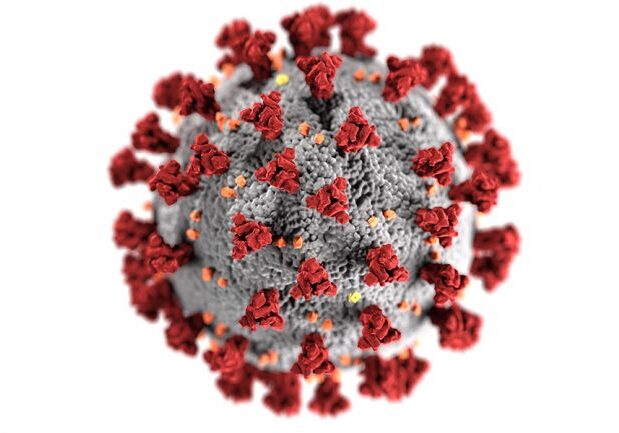
Physics experiment shows potential value of triple-layer masking
An experimental study carried out by an international team of engineers and physicists has added more evidence for the value of triple-layer masking to prevent the spread of COVID-19 and similar diseases. “Any form of mask is better than no mask,” says Professor Swetaprovo Chaudhuri (UTIAS), one of the co-authors of a new paper published today in Science Advances. […]

